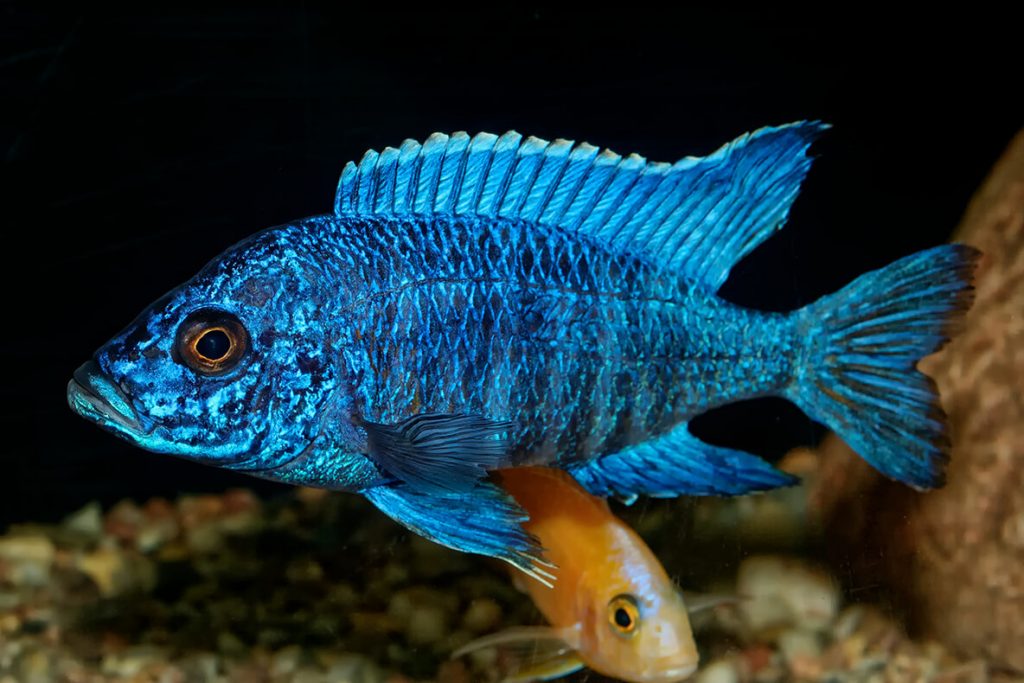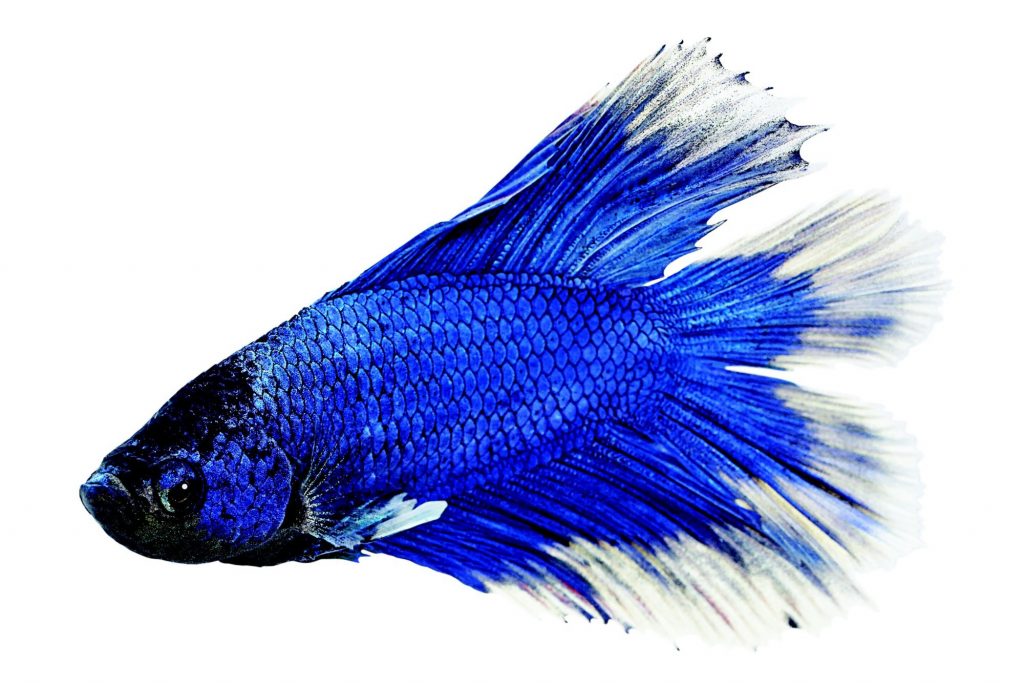Raising fighting fish might seem like an attractive idea, but are you capable of raising healthy, happy fish in your home? Here are tips to help you do that.

Types and Number of Fish
Some fish can be territorial or shoaling types, while some fish are labeled semi-aggressive, because they are sensitive to unsuitable tank conditions. This is precisely why you need to research about the different species first before purchasing anything.
Some fish can get along with others of the same species, while there are some that should be kept alone in a tank like the green-spotted puffer, oscar, and betta fish. Others, however, become aggressive if they are not kept in large enough schools. Each species need different requirements especially when they’re still growing. Always stick to the rule of once inch of fish per one gallon and anticipate how large the fish will get so you can already set up the right aquarium.

Aquarium Setup
Aquarium hobbyists will tell you that you should get the largest possible aquarium you can afford, because larger aquariums make water conditions easier to control and it will give more room for your fish. Research about the fish’s natural habitat, because this will also help you determine how best to setup its tank.
Each fish has different water condition requirements, such as temperature, salinity (if it’s a saltwater fish), pH level, and others. Territorial fish also need barriers such as plants, wood, rocks, caves, and other tank ornaments. Even the lighting can provide barriers for the fish, as long as you know the lighting and temperature needs of the species.

Diet and Health
Feeding can be tricky especially if you keep species with different feeding habits. This could trigger aggression among your pets when they try to race for the food. The best solution is to feed them in different places in the tank with small amounts of food. Take note of their feeding habits based on the lighting and time of the day as well, because some prefer to feed in the dark and come out only after sunset.
While feeding, you should also observe the fish for signs of problems such as injuries, loss of appetite, rapid gill movements, and lethargy. Unusual behavior could signal bad aquarium conditions or diseases.
Fish Behavior

Behavior that will seem problematic might also turn out to be normal for some species, such as rearranging decorations in your tank, refusal to eat if the diet isn’t varied, swimming near the surface, and swimming quickly around the aquarium. However, these can also be indications that the fish is stressed and that you need to check your tank condition.
If you’re keeping a community of male fish, you should also expect some fights. These can be reduced if you limit the number of each species in the tank and there is enough space and barriers to break their line of sight. Remember that overcrowding can be a problem for semi-aggressive and aggressive fish.